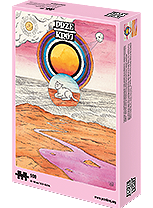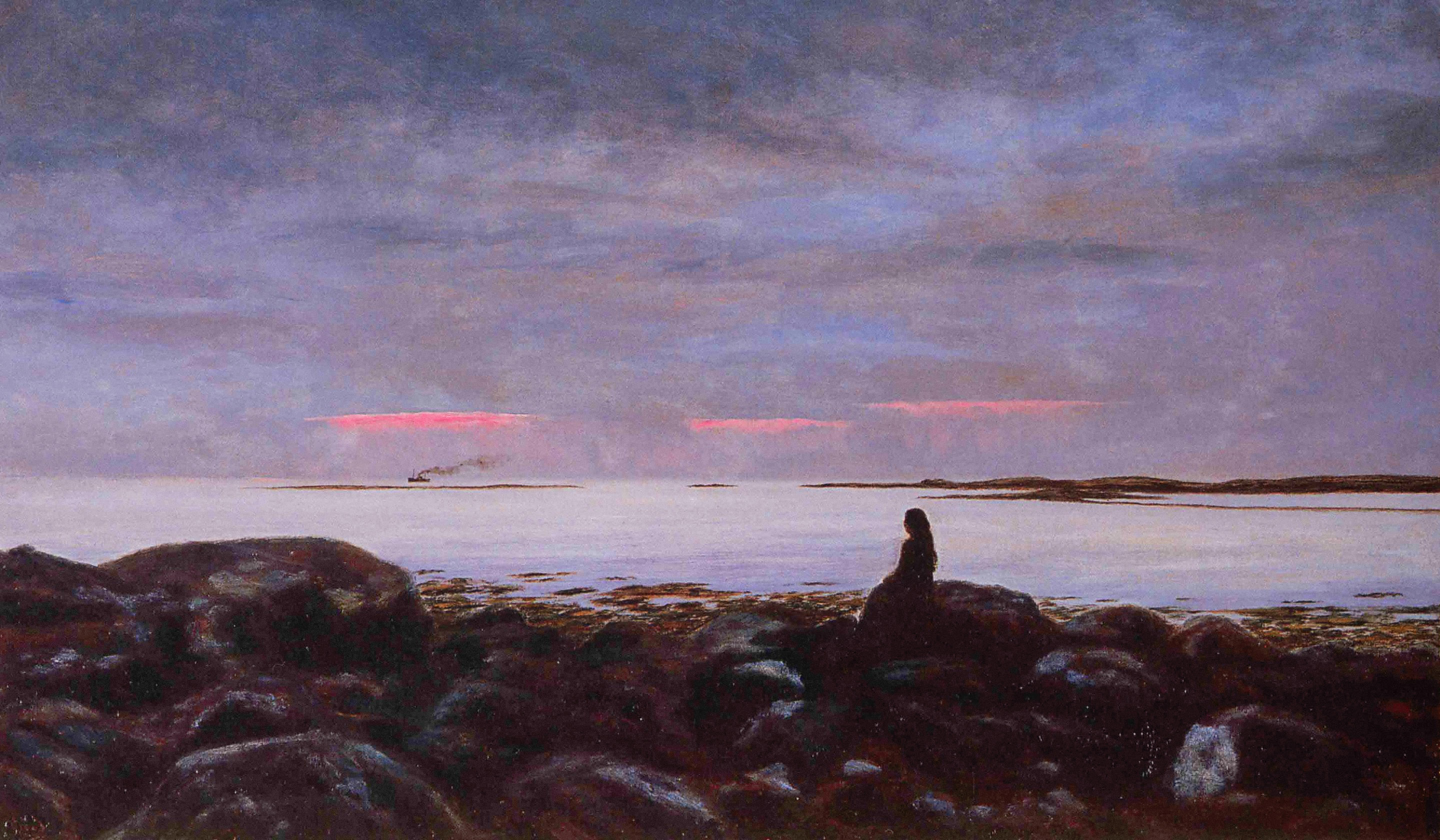
A short story set in 2040, when due to global warming Iceland’s climate becomes vastly colder and harsher. A biology teacher disappears during a school trip and her daughter starts to search for her.
My mother disappeared on June 1, 2040, which happened to be my twenty-first birthday. She’d seemed in fine spirits a few days earlier when she left, with a group of students from the high school where she taught biology, for a study trip to the Faroe Islands, a trip she had taken a number of times before. The day after she went missing, I was contacted by her fellow teacher on the tour. He told me that on the previous day the two of them had taken the twenty or so students on one of the longer hikes on their itinerary, up to some of the more remote cliffs on the main island, where they had been able to observe seabirds such as fulmars, guillemots, and puffins hunting and tending to their young. It was a damp and foggy day but they had made some pretty impressive sightings and returned to their hostel in downtown Thorshofn feeling satisfyingly fatigued. After dinner the two teachers retired to bed and when her colleague knocked on my mother’s door the following morning she didn’t answer. He checked the breakfast hall and lobby area, and then asked the receptionist for a key to her room. When he opened the door he found it empty, save for a single piece of paper left on a table by the window. On it she had jotted notes about local birds, along with numbers and some clinical observations.
On June 9, I sat on a rock by the sea in my hometown of Seltjarnarnes, a neighboring town to Reykjavík, holding the note between my fingers. I wore fingerless mittens so I could touch the paper she had touched and trace the letters she had written for the gazillionth time. I’d been going to that same spot every day since I’d learned of my mother’s disappearance, to this area that used to be a golf course but was now too cold and windy for even the heartiest of my compatriots to tough it out. This had once been a fine place for golf during the summer season, one that was still very much in use the year I was born, but a few years ago people gave up trying. Right next to the golf course there had been an expansive nesting ground for the Arctic tern: kría in Icelandlic. My mother named me after that bird, her favorite. “No bird, pardon me, no creature, comes close to the kría, the most fascinating animal on the planet! The strongest, most precise, most determined, most graceful, and with grit and stamina rivaled by nothing!” This, or some version of this, she would declare regularly with dramatic flair, and it felt good, as a kid, to be named afer such a magnificent beast. Not a lot of people in Iceland had traditionally been given the name Kría. I’m one of only a handful of people with it my age and older, although it became increasingly popular after the kría stopped nesting here. When changes in the acidity of the ocean around Iceland decimated the population of the sand eel, the tern’s main source of sustenance, the bird was forced to shift its migration pattern, bypassing Iceland. Losing our beloved tern, a bird at once adored and taken for granted as part of what we knew as the landscape of home, seemed to bring on a wave of wistful, nostalgic namings of Icelandic baby girls, and sitting there then it stung to think about the pathetic human inability to properly celebrate what you have while you have it. I removed the note from my pocket once more, stroking it, gazing at my mother’s familiar handwriting, mining the





